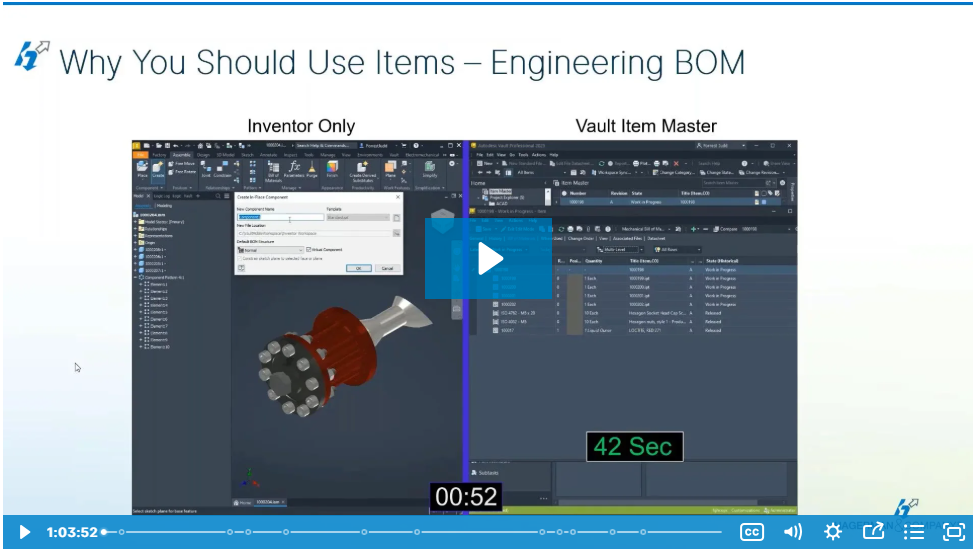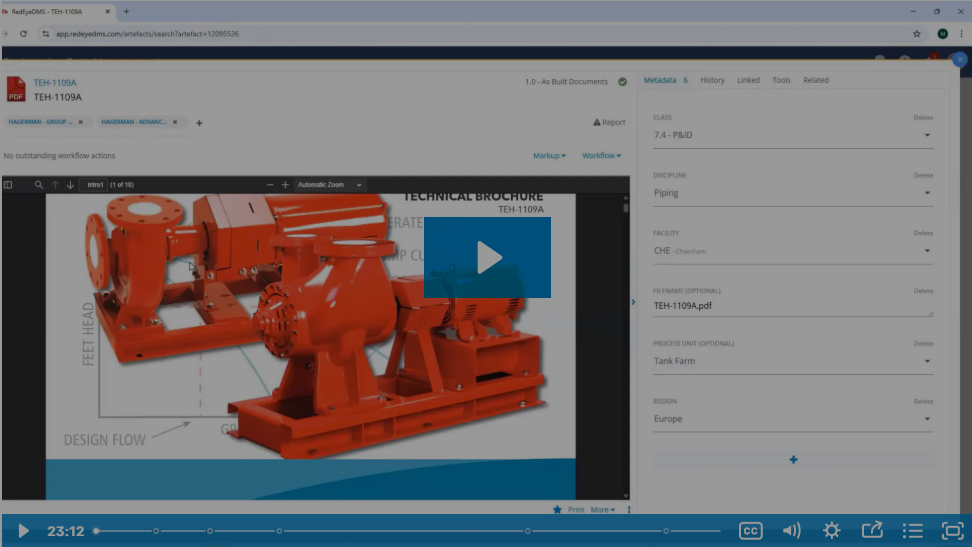
Suppose your organization is considering a new document management solution for your plant or facility or wondering whether your current in-house tools are measuring up. In that case, Hagerman & Company recommends that you evaluate all of your solutions to see if they cover the seven pillars of facilities document management outlined below:
Enterprise Document Management
Organizations of all types need to maintain secure control of their critical electronic documents and make them easy to locate and available to all stakeholders. All departments within your organization, including engineering, HR, accounting, finance, marketing, operations, maintenance, quality, environmental, etc., have important documents they need to manage. Having all of these documents in a single central silo makes it easy to keep everyone in the organization on the same page.
Engineering Document Management
While many systems can manage MS Office documents, PDFs, photos, etc., only specialized such as those offered by Hagerman & Company can manage and handle the greater complexity associated with 2D and 3D CAD data. Capabilities needed for managing engineering CAD data include titleblock linking, CAD viewing, relationship management, hybrid raster/vector files, project files, linked databases, etc.
Change Management
The only thing constant in this world is change. A sound document management system allows you to manage change processes and workflows, whether they be engineering change orders, reviewing and approving supplier invoices, taking corrective action procedures, or any other changes that your organization needs to handle regularly or ad hoc. The ability to customize workflows, provide email notifications of required tasks, track and audit open tasks, and link multiple documents to a change process are critical capabilities that can help make your organization more successful.
Capital Projects Management
Large capital projects in the plant and facilities world can take many people months or years to complete and may involve hundreds or thousands of electronic documents. Keeping all of these people and files organized can be a monumental task. A document management system that can gather and secure all files for a project in a single place, assign the same file to multiple concurrent projects, track the location of all master and linked project copies, and automate reviews and approvals, can help reduce errors and get projects completed more quickly and at a lower cost.
Supplier Collaboration
No plant or facility is an island unto itself. As a result, sharing information bi-directionally with suppliers is a constant need. A document management system that allows for creating, sending, and importing document transmittals and associated metadata is necessary. A system that allows for seamless cloud-based collaboration with outside suppliers can be an added plus.
Operations & Maintenance Integration
When maintenance and operations staff need information, they need it quickly and accurately to do their jobs in a safe and timely manner. Production downtime and accidents can happen when the correct data is not immediately accessible. As a result, it is imperative to have a document management system in your plant or facility that allows these critical team members to quickly and easily find the accurate information they need to do their jobs.
Regulatory Compliance
Whether it is regarding the FDA, EPA, OSHA, ISO, other regulating bodies, or to meet supplier certification requirements imposed by customers, maintaining regulatory compliance is becoming more time-consuming and costly. A state-of-the-art engineering document management system has features and capabilities, including enhanced security, audit trails, reporting, revision histories, automated workflows, and much more, to greatly reduce your overall compliance costs and risks.
If your current systems fail to fully meet your needs in one or more of these areas, we strongly urge you to contact us at Hagerman & Company to learn more about what our solutions can do for your organization. We also perform cost and ROI studies to help you determine if a new system for your organization will pay for itself or not.
We look forward to hearing from you!





Comments